Sept. 19 to Sept. 25
On Sept. 19, 1965, Lin Hai-feng (林海峰), 23, sat opposite 45-year-old Japanese go master Sakata Eio, the gridded game board an intense battleground despite the seemingly calm atmosphere.
It was the second day of the fight between the two for the title of meijin, which was one of the “big three” go tournaments in Japan. The abstract strategy game using black and white stones was invented in China, but flourished in Japan.
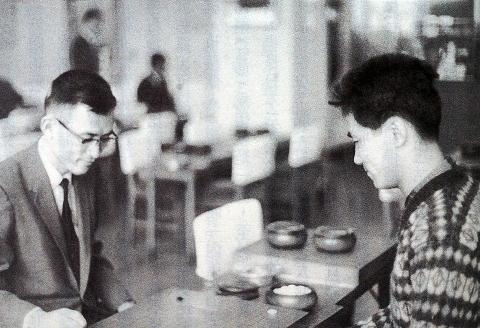
Photo: Wang Min-wei, Taipei Times
Sakata had won the two previous contests, but he found himself in a hard spot this time. He smoked cigarette after cigarette as he took longer and longer to make each move, only to be countered by Lin within a minute. Even though the air conditioning was on, the pressure was so intense that Lin took off his jacket and loosened his tie an hour into the match.
Each player is allotted 10 hours total of playing (thinking) time, and Sakata exhausted nine hours and 59 minutes before the final tally. On that day, Lin made go history by becoming the youngest meijin in the title’s 400 year history.
The accomplishment made the headlines of all major Japanese newspapers — which was a rare occurrence. Huang Tien-tsai (黃天才) writes in his book, Lin Hai-feng’s Road to Go (林海峰的圍棋之路) that since the tournament was sponsored by Yomiuri Shimbun, other newspapers usually would not report the results. But the next day, Yomiuri’s biggest rival Asahi Shimbun not only detailed the win, but also profiled Lin in a column on the front page.
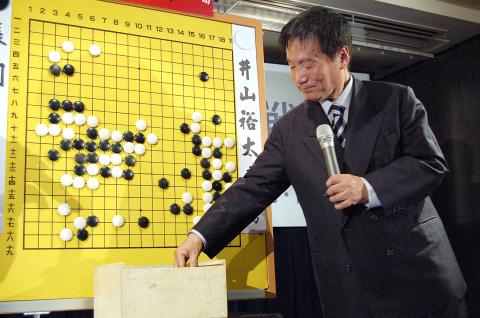
Photo: Tseng Hung-ju, Taipei Times
GO PRODIGY
Born in Shanghai in 1942, Lin moved to Taiwan at age four when his father took a job with the Taipei City Government. He first garnered public attention in 1951 when he entered the National Go Competition in Taipei as the youngest contestant and overwhelmed his first opponent, who was three times his age.
The Central Daily News (中央日報), which sponsored the tournament, wrote a feature on Lin, detailing his early start and quick rise through the ranking system.
“Last year, my father gave me a handicap of four stones,” Lin told the newspaper. “Today, I give him a handicap of five stones.”
Huang writes that Lin’s father and elder brother were huge go enthusiasts but lacked the talent. Lin, on the other hand, was not as crazy about the game, and it was his father who saw his talent and kept pushing him.
“I have to force him to play at least one match per week,” the elder Lin told the Central Daily News. “Sometimes I even have to bribe him with money.”
The news report brought many challengers to Lin’s door — and he made the news again for defeating then-minister of education Cheng Tien-fang (程天放). A year later, Lin clashed against the Japan-based Chinese go master Wu Qingyuan (吳清源), losing narrowly. Wu then encouraged Lin’s father to send him to study the game in Japan.
RISING STAR
Lin left home at the age of 10, attending a Chinese school in Osaka and studying go at a dojo in Kyoto. He later relocated to Tokyo, and although he enrolled in the prestigious Japan Go Association, he became somewhat of a delinquent and had to be sent back to Kyoto where there were fewer temptations.
As Lin quickly rose through the ranking system, Wu finally accepted him as the only student he would ever take. His star continued to rise after the showdown with Sakata, and at age 25, he became the youngest player to reach the highest professional ranking of nine dan.
Sakata tried to reclaim the meijin title from Lin for the next two years to no avail, and even lost his honinbo title to Lin in June 1968, making Lin the second player besides Sakata to hold both titles at the same time. However, Lin lost his meijin to Takagawa Kaku three months later.
Wu writes in his 2003 book Wu Qingyuan’s 21st Century Go Tactics Revealed (吳清源二十一世紀圍棋戰術大公開) that when he first met Lin in 1952, he felt that Lin’s talent was above his own.
“Lin could have done much more with his career, but he liked to play around too much. He was always playing golf. He was not as hard-working as I was.”
These were tough words from a master to Lin, who continues to reach new heights despite not having captured a title since 1998. In August of last year, Lin made the news again by becoming the second go player in history to reach 1,400 wins.
Taiwan in Time, a column about Taiwan’s history that is published every Sunday, spotlights important or interesting events around the nation that have anniversaries this week.
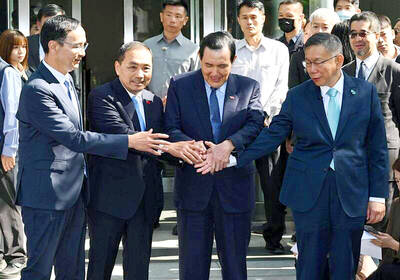
Has the Taiwan People’s Party (TPP) changed under the leadership of Huang Kuo-chang (黃國昌)? In tone and messaging, it obviously has, but this is largely driven by events over the past year. How much is surface noise, and how much is substance? How differently party founder Ko Wen-je (柯文哲) would have handled these events is impossible to determine because the biggest event was Ko’s own arrest on multiple corruption charges and being jailed incommunicado. To understand the similarities and differences that may be evolving in the Huang era, we must first understand Ko’s TPP. ELECTORAL STRATEGY The party’s strategy under Ko was
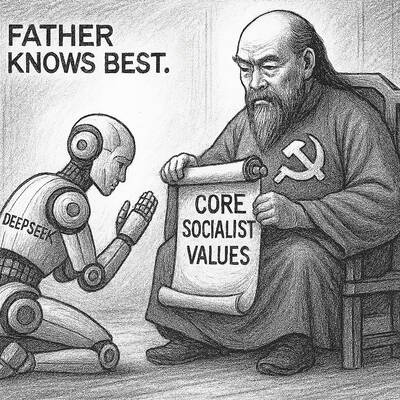
It’s Aug. 8, Father’s Day in Taiwan. I asked a Chinese chatbot a simple question: “How is Father’s Day celebrated in Taiwan and China?” The answer was as ideological as it was unexpected. The AI said Taiwan is “a region” (地區) and “a province of China” (中國的省份). It then adopted the collective pronoun “we” to praise the holiday in the voice of the “Chinese government,” saying Father’s Day aligns with “core socialist values” of the “Chinese nation.” The chatbot was DeepSeek, the fastest growing app ever to reach 100 million users (in seven days!) and one of the world’s most advanced and
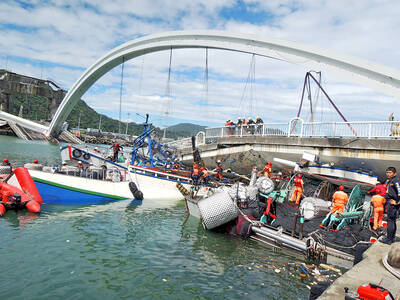
Before the recall election drowned out other news, CNN last month became the latest in a long line of media organs to report on abuses of migrant workers in Taiwan’s fishing fleet. After a brief flare of interest, the news media moved on. The migrant worker issues, however, did not. CNN’s stinging title, “Taiwan is held up as a bastion of liberal values. But migrant workers report abuse, injury and death in its fishing industry,” was widely quoted, including by the Fisheries Agency in its response. It obviously hurt. The Fisheries Agency was not slow to convey a classic government
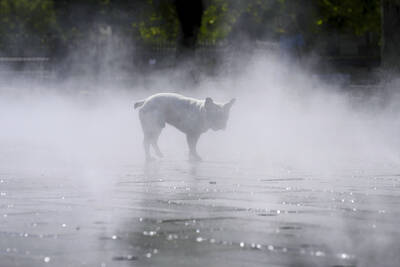
It turns out many Americans aren’t great at identifying which personal decisions contribute most to climate change. A study recently published by the National Academy of Sciences found that when asked to rank actions, such as swapping a car that uses gasoline for an electric one, carpooling or reducing food waste, participants weren’t very accurate when assessing how much those actions contributed to climate change, which is caused mostly by the release of greenhouse gases that happen when fuels like gasoline, oil and coal are burned. “People over-assign impact to actually pretty low-impact actions such as recycling, and underestimate the actual carbon